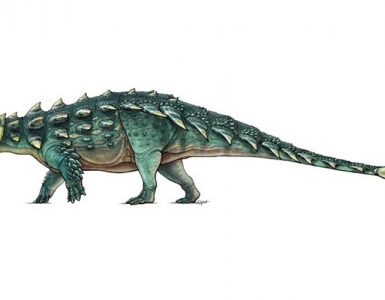It was found that around 13 of the 37 available groundwater aquifers have been used to an extent which has depleted them considerably, however the amount of remaining water could not be determined. The scientist used satellite data to track the groundwater in places ranging from the United States to China.
For this study, the hydrologists from the University of California joined hands to analyze the data that was obtained using the NASA satellite. The GRACE satellite was collecting data for over a decade and was monitoring the use pattern of groundwater in the countries under study.
| Water shortage for TF4594 / Representational Image. |
Since the researchers were not able to estimate how much water was remaining in the aquifers, it was impossible to predict that for how long these aquifers were going to hold before running dry. The Gravity Recovery and Climate Experiment (GRACE) project was initiated to measure the shifts in gravitation, which are somewhat affected by the groundwater weight within reservoirs.
“If we continue to use groundwater the way it’s being used, then there’s a high chance that it could be depleted to the point that we can no longer use it in my lifetime in certain areas,” said Alexandra Richey, the lead author of the studies. The researchers also found that the regions with the least amount of water were primarily the farming areas. One such example was the aquifer under the California’s central valley.
When extensive studies were carried out, it revealed that the Arabian aquifer system which provides water to more than 60 million people was the most overstressed in the world, followed by the Indus Basin aquifer of northwestern India and Pakistan.
Apart from this, the research also indicated the areas where the groundwater was decreasing alarmingly. These areas included the United States, the Atlantic and Gulf Coastal Plains Aquifer. The research has given the scientists and the policy makers a fair idea about the condition of water in the world and now it’s up to them to take the necessary steps towards water conservation.





















